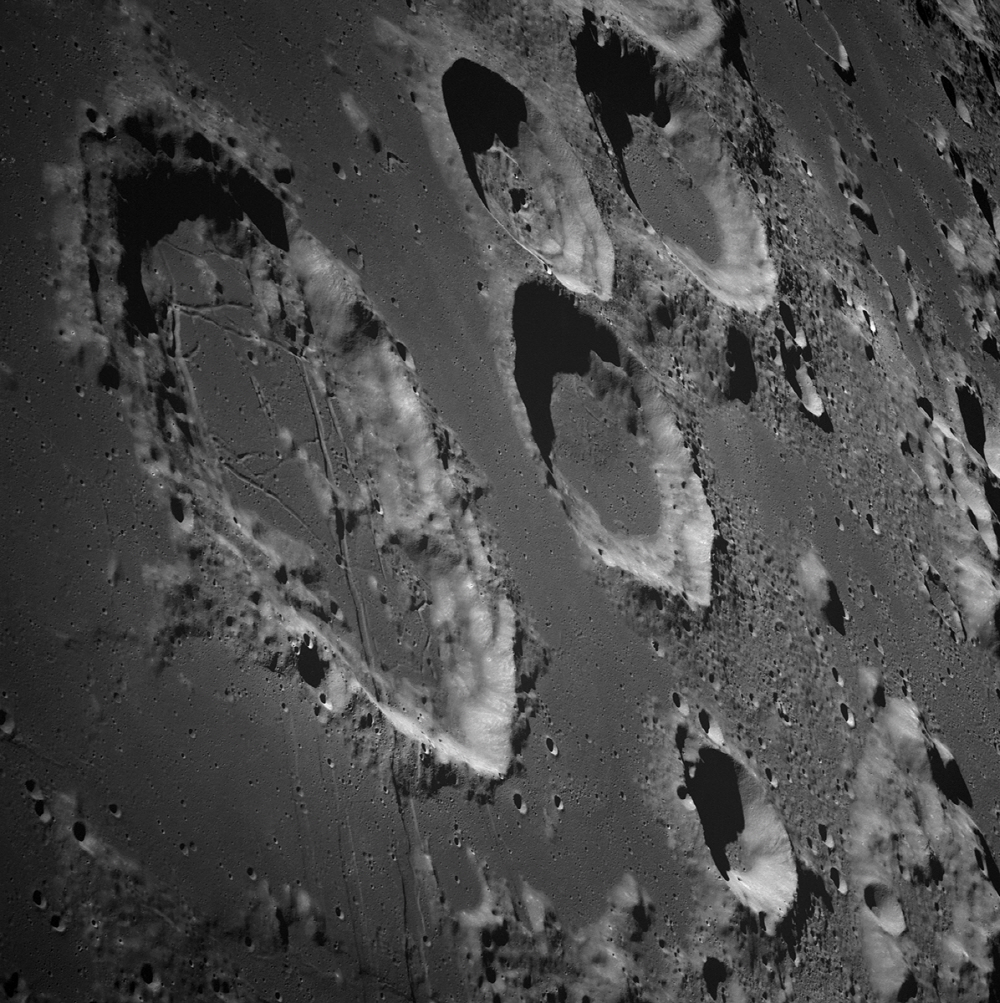
The moon is the closest celestial body, yet there are many things that have not been scientifically elucidated. There are various theories about the moon, but the giant collision hypothesis that the planet fragments that collided with other protoplanets collided with another protoplanetary planet 4.5 billion years ago from now when the earth was still soft, combined with gravity to form the moon, is the strongest.
However, nothing is known for sure about the next 3 billion years of the moon. Whether there was contact with other celestial bodies, when did it become the same as it is now, the existence of water and the huge hole that spreads underground are also areas of concern.
Examining rock samples from the Moon is the surest way to get to know the Moon better. However, securing lunar rocks has not been achieved since the Soviet Union brought soil from the lunar surface in 1974. The Chinese lunar probe Changhe 5, which successfully recovered samples in December 2020, filled a long gap in this lunar exploration.
As a result of examining the moon rocks brought to Earth by Chang’e 5, it is said that they discovered that the formation date was 1 billion years later than previously thought. In other words, the moon may have had liquid lava until much more recently than thought, but it has created a new mystery as to why the moon was so hot that the lava flowed.
The moonstones brought by Chang’e 5 are all basalt from the stormy ocean. The stormy ocean is one of the darkest parts of the moon’s surface. Chang’e 5 took this moonstone on December 1, 2020 and brought it to Earth two weeks later.

Mineralogical and spectral analyzes have previously predicted that rocks in storm oceans are younger than other lunar surfaces. It is thought to be a stone that hardened about 1.2 to 3.2 billion years ago, but the exact details are unknown.
Therefore, as a result of investigating the lead isotope contained in the newly harvested moonstone, it was found to be 1.96 billion years old. The margin of error is around 57 million years. In any case, it appears that the lunar temperature was hot enough to cause lava to flow out of the lunar surface at least 1963 billion years ago.
The part of the lunar sea, including the storm ocean, was originally created by the impact of a large meteorite falling. Unlike other smaller craters, the impact was so great that the crust cracked and molten rock erupted from the inner mantle. The lava that rose to the surface of the moon hardened and became a smooth sea-like terrain. The reason why the color is blacker than other parts is because it is composed of basalt.
According to one researcher, the results of the investigation show that the basalt found in the stormy oceans hardened 2 billion years ago and is 1 billion years more recent than previously thought. It is believed to have originated from other parts of the lunar mantle.
In addition, the reason why the moon was hot is the problem of explaining why the mantle kept heat enough to seep out lava on the surface for a long period of 2.5 billion years after the moon was born. Several possibilities can be considered here. It may sound obvious, but the theory is that the mantle was melted from the beginning of the moon’s birth. This is because the Earth was also a mass of lava like a fireball when it was born. It is also said that there is a possibility that lunar material is radioactively decaying and producing heat. Radioactive decay has been confirmed in samples brought to Earth by Apollo 11 in 1969. However, it is said that a similar reaction was not confirmed in the sample brought by Chang’e 5 this time. There is also a possibility that it was heated by the impact caused by repeated meteorite falls. In addition, since the moon does not have crustal fluctuations, it can be thought of as a factor causing tidal heating when the Earth’s tidal force is applied to the moon.
The survey revealed that at least from now until 1.96 billion years ago, the lunar mantle was in a boiling state and slickly melted beneath the crust and rose to the surface of basalt. Since NASA’s Artemis program also plans to retrieve samples from the moon, it is expected that more various moonstone dating will be carried out in the future.
In lunar dating, it can be an important benchmark not only to unravel the history of the moon itself, but also to date other planets in the solar system. Measuring how old the solar system is, starting with the moon, is just the beginning.
The results of this study have been published in the journal Science. Related information can be found here.


















Add comment